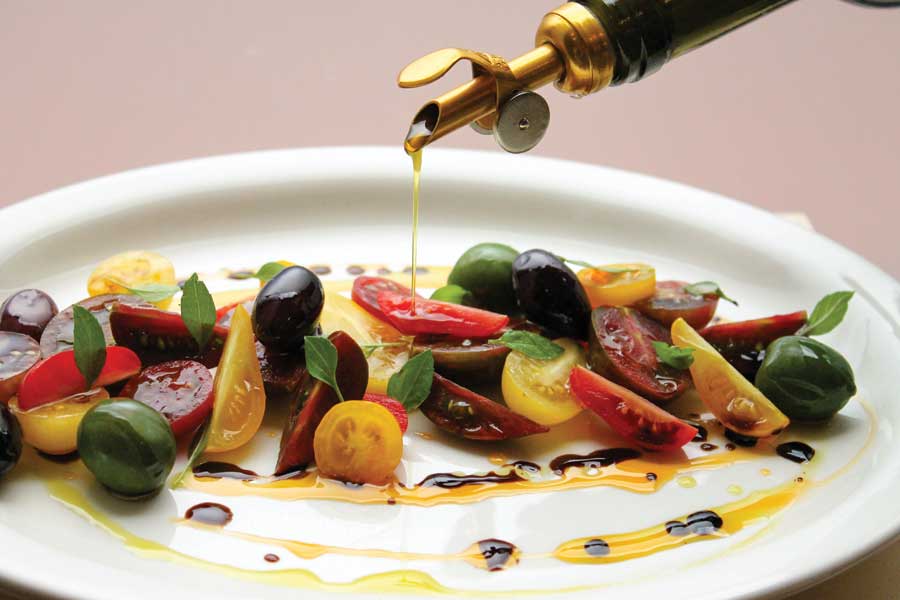Bulletproof BEAUTY
26 Jul 2014
Modern upholstery fabrics are both durable and desirable.
By Kate Jonuska It used to be an either/or proposition. You could live near your furniture, admiring its high-fashion upholstery fabric from afar. Or you could actually live with your furniture, accepting the inevitable aging, fading and wear that result from everyday sitting—as well as the inevitable roughhousing, movie watching, napping, working, blanket-fort making, eating, drinking and spilling, in the case of most active families.












